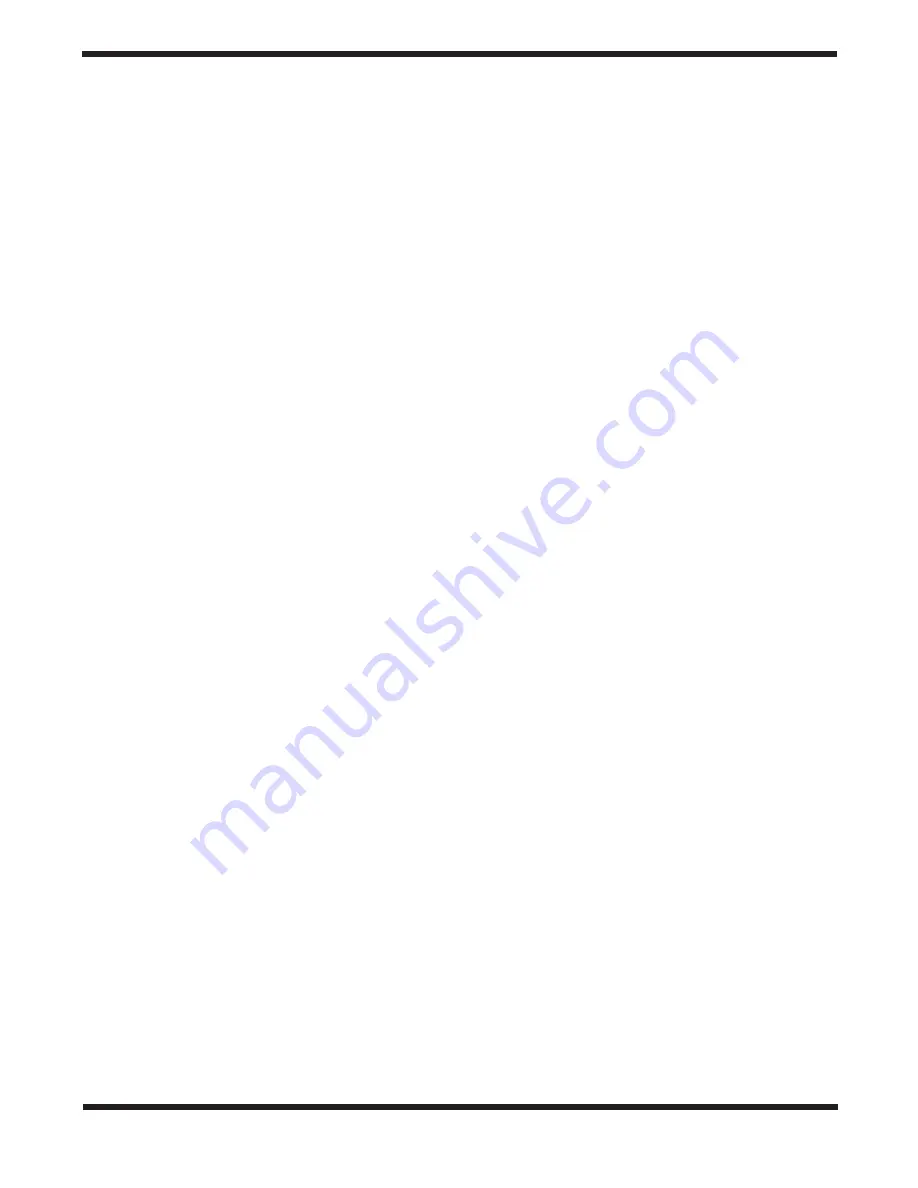
Cleaning Mirrors
You should not have to clean the telescope’s mirrors very
often; normally once every year or so. Covering the telescope
with the dust cover when it is not in use will prevent dust from
accumulating on the mirrors. Improper cleaning can scratch
mirror coatings, so the fewer times you have to clean the mir-
rors, the better. Small specks of dust or flecks of paint have
virtually no effect on the visual performance of the telescope.
The large primary mirror and the elliptical secondary mirror of
your telescope are front-surface aluminized and over-coated
with hard silicon dioxide, which prevents the aluminum from
oxidizing. These coatings normally last through many years of
use before requiring re-coating (which is easily done).
To clean the secondary mirror, first remove it from the tele-
scope. Do this by keeping the secondary mirror holder
stationary with your fingers while unthreading the center
Phillips head screw in the hub of the 4-vaned spider. The
entire mirror holder will come out of the telescope. The sec-
ondary mirror itself cannot be removed from the holder
because it is glued into place. Handle the entire assembly
carefully by the holder only; do not touch the mirror surface.
You can clean the secondary mirror in its holder by following
the same procedure described below for cleaning the primary
mirror.
To clean the primary mirror, carefully remove the mirror cell
from the telescope. This is done by removing the six screws
that connect the entire mirror cell to the steel tube. These
screws are located on the outside of the tube, just above the
mirror cell casting.
Now, remove the mirror from the mirror cell by first removing
the four mirror clips that secure the mirror in its cell. Use a
Phillips screwdriver to unthread the mirror clip anchor screws.
Next, hold the mirror by its edge, and remove it from the mir-
ror cell. Be careful not to touch the aluminized surface of the
mirror with your fingers! Set the mirror on a clean, soft towel.
Fill a clean sink, free of abrasive cleanser, with room-temper-
ature water, a few drops of liquid dishwashing detergent, and
if possible, a cap-full of rubbing alcohol. Submerge the mirror
(aluminized face up) in the water and let it soak for several
minutes (or hours if it’s a very dirty mirror). Wipe the mirror
under water with clean cotton balls, using extremely light
pressure and stroking in straight lines across the surface. Use
one ball for each wipe across the mirror. Then rinse the mirror
under a stream of lukewarm water. Any particles on the sur-
face can be swabbed gently with a series of clean cotton
balls, each used just one time. Dry the mirror in a stream of
air (a “blower bulb” works great), or remove any stray drops of
water with the corner of a paper towel. Water will run off a
clean surface. Dry the bottom and edge surfaces with a towel
(not the mirror surface!). Cover the mirror surface with
Kleenex, and leave the entire assembly in a warm area until it
is completely dry before reassembling the telescope.
7. Specifications
Primary mirror: 254mm diameter, 1200mm focal length,
Pyrex mirror
Focal ratio: f/4.7
Focuser: Rack-and-pinion. accepts 2" and 1.25" eyepieces
with included adapter, collimatible
Optical tube material: Rolled steel
Eyepieces: 25mm & 10mm Sirius Plössls, multi-coated, 1.25"
barrel diameter
Eyepiece magnifications: 48x (25mm) and 120x (10mm)
Finder scope: 9x power, 50mm aperture, achromat, cross-
hair. 5° field of view
Finder scope bracket: Dovetail base, spring-loaded X-Y align-
ment
Eyepiece rack: Holds three 1.25" eyepieces and one 2" eye-
piece
Mirror coatings: Aluminum with SiO
2
overcoat
Minor axis of secondary mirror: 63.0mm
Optical tube weight: 29.8 lbs.
Base weight: 22.6 lbs.
Tube length: 47.25"
Tube outer diameter: 12.0"
16
Summary of Contents for SkyQuest XT10 9810
Page 17: ...17 ...
























